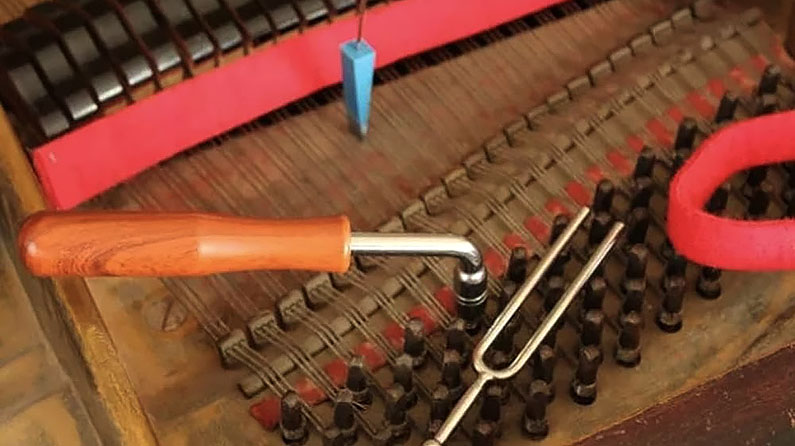The professor used words like temperament, inharmonicity and false beats — which I’d never heard before. When it came time to put what we learned into practice, he had us tune the 4ths and 5ths pure, working our way up to the octave. When we got there, the octave was way sharp. This is a great illustration of the complexity of getting a tuning right. Because the 4ths are wide and the 5ths are narrow, you can’t simply apply the exact same approach up to the octave. It’s necessary to tune to the temperament of the specific piano. Essentially, this is how piano technicians “squish” the octave together — making all intervals slightly impure, but capture the full potential and voice of the instrument.
You can hear this at work most in the 3rds and 6ths — both major and minor. For piano nerds like me, this is a source of endless fascination. I’ll get into inharmonicity and false beats in another blog post, but for anyone wishing to learn more about temperament, please get in touch!
Stay tuned!

